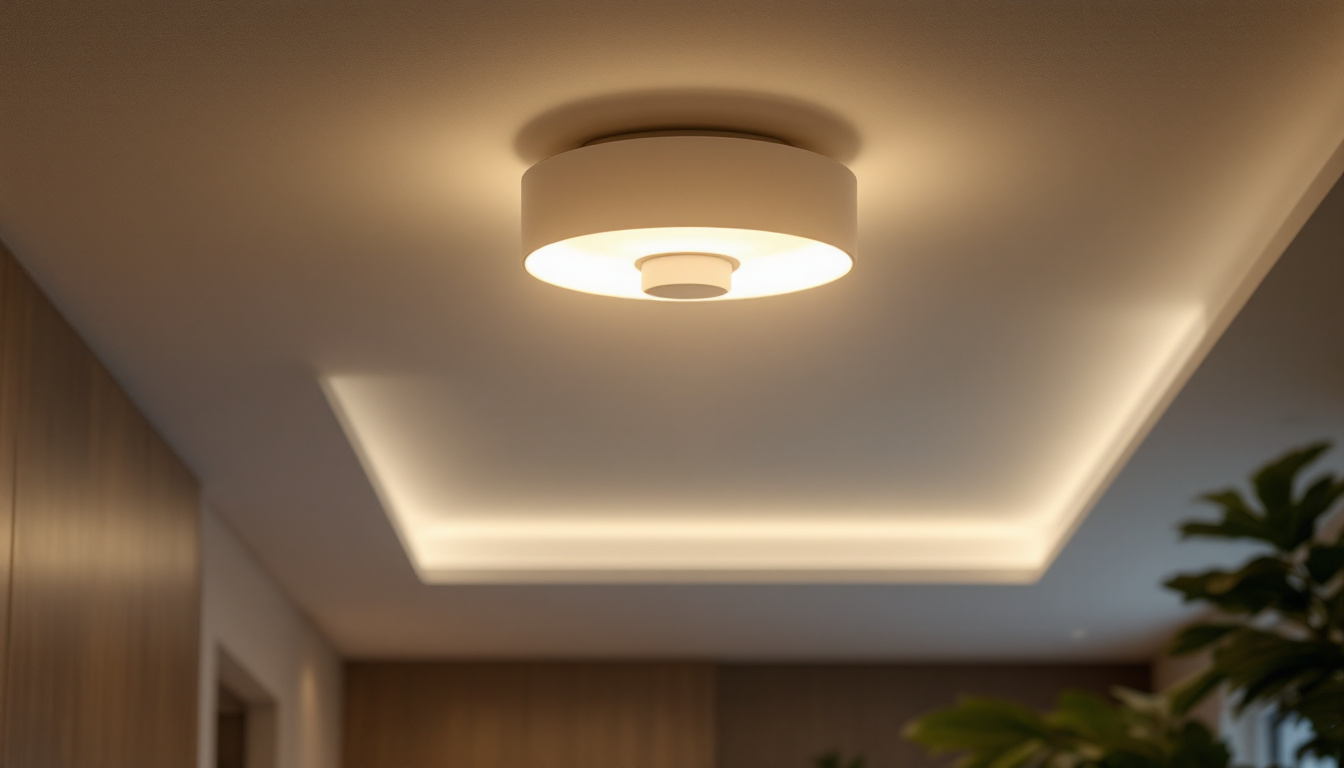
As the demand for sustainable and energy-efficient solutions continues to rise, solar powered path lighting has emerged as a popular choice for both residential and commercial projects. Lighting contractors play a crucial role in guiding clients through the selection and installation of these innovative systems. This article delves into the essential aspects of solar powered path lighting, providing contractors with the knowledge they need to succeed in this growing market.
Solar powered path lighting utilizes photovoltaic cells to convert sunlight into electricity, which is then stored in batteries for use during nighttime. This technology not only reduces energy costs but also minimizes the environmental impact associated with traditional lighting solutions. For lighting contractors, understanding the mechanics and benefits of solar powered systems is vital to effectively communicate with clients.
Solar path lights typically consist of several key components: solar panels, batteries, LED bulbs, and light sensors. The solar panels capture sunlight during the day, converting it into electrical energy. This energy is stored in rechargeable batteries, which power the LED lights once the sun sets. Light sensors automatically turn the lights on at dusk and off at dawn, ensuring optimal functionality without requiring manual intervention.
In addition to these core components, many solar path lights come equipped with features such as motion sensors, adjustable brightness settings, and even remote control capabilities. Understanding these components allows contractors to better assess the needs of their clients and recommend appropriate products. For instance, motion sensors can enhance security by illuminating pathways when movement is detected, making them an ideal choice for residential areas or commercial properties that require added safety measures. Furthermore, adjustable brightness settings can be tailored to suit different environments, providing flexibility in lighting design.
The advantages of solar powered path lighting are numerous, making it an attractive option for both contractors and clients. Firstly, the installation process is often simpler and more cost-effective than traditional wired systems, as there is no need for extensive electrical work. This can lead to reduced labor costs and quicker project turnaround times.
Moreover, solar path lights are environmentally friendly, utilizing renewable energy sources and reducing carbon footprints. This aspect appeals to environmentally conscious clients who prioritize sustainability in their purchasing decisions. Additionally, solar lights require minimal maintenance, as they do not have wires that can become damaged or corroded over time. The longevity of LED bulbs, often lasting up to 25,000 hours, further enhances their appeal, as clients can enjoy long-term illumination without frequent replacements. Furthermore, advancements in solar technology have led to improved efficiency and performance, even in less sunny climates, making solar path lighting a viable option for a wider range of geographical locations.
With a plethora of options available on the market, selecting the right solar path lights can be a daunting task for contractors. Several factors must be considered to ensure the chosen products meet the specific needs of the project and the client’s preferences.
One of the primary considerations when selecting solar path lights is the light output, typically measured in lumens. The brightness required will depend on the intended use of the path lighting. For instance, a residential garden path may require less intense lighting than a commercial walkway. Contractors should assess the area and discuss the client’s preferences to determine the appropriate lumen output.
Additionally, the color temperature of the light can significantly impact the ambiance of the space. Warmer tones (around 2700K to 3000K) create a cozy atmosphere, while cooler tones (4000K and above) provide a more modern and vibrant feel. Understanding these nuances will enable contractors to make informed recommendations. Moreover, the placement of the lights can also affect how the light is perceived; strategically positioning lights to highlight landscaping features or architectural elements can enhance the overall aesthetic appeal of the area.
The battery capacity of solar path lights directly influences their performance. A higher capacity battery will store more energy, allowing the lights to operate for extended periods, especially during cloudy days or in areas with limited sunlight. Contractors should look for products that provide clear specifications regarding battery life and runtime to ensure clients receive reliable performance.
It’s also essential to consider the charging time required for the batteries. Some models may take longer to charge, which could affect their usability in certain locations. Providing clients with this information can help them make more informed decisions about their lighting options. Furthermore, contractors should also evaluate the durability and weather resistance of the solar path lights. Given that these lights will be exposed to the elements, selecting models with a robust construction and a high IP rating can ensure longevity and consistent performance, even in harsh weather conditions. This attention to detail not only enhances the functionality of the lighting but also assures clients of their investment’s value over time.
Proper installation is crucial for maximizing the performance and longevity of solar powered path lighting. Lighting contractors must be equipped with the knowledge and skills necessary to ensure a successful setup.
Before installation, a thorough site assessment is necessary to identify the best locations for solar path lights. Factors such as sunlight exposure, landscape features, and existing structures can all impact the effectiveness of the lights. Ideally, solar panels should receive direct sunlight for a significant portion of the day to ensure optimal charging.
Contractors should also consider the spacing between lights to achieve even illumination along the path. A general guideline is to place lights approximately 6 to 8 feet apart, but this may vary based on the specific light output and design preferences. Engaging the client in this process can help ensure their vision aligns with practical considerations.
Preparing the ground for installation is another critical aspect that contractors must address. Depending on the type of solar path lights being installed, the ground may need to be leveled or cleared of debris to ensure stability. For lights that require stakes or posts, digging holes or using a post hole digger may be necessary.
Additionally, contractors should ensure that the lights are positioned at the correct height and angle to maximize their effectiveness. This may involve adjusting the tilt of the solar panels or the height of the fixtures themselves. Proper alignment will enhance the overall aesthetic and functionality of the lighting system.
While solar powered path lights require less maintenance than traditional systems, some upkeep is still necessary to ensure optimal performance. Lighting contractors should educate their clients on the best practices for maintaining their solar lights.
Dust, dirt, and debris can accumulate on solar panels, reducing their efficiency. Regular cleaning is essential to maintain optimal charging capabilities. Clients should be advised to wipe down the panels periodically with a soft cloth and mild soap, taking care not to scratch the surface.
In addition to cleaning the panels, contractors should recommend checking the lights for any physical damage or wear. This includes inspecting the LED bulbs and ensuring that the batteries are functioning correctly. Promptly addressing any issues can prolong the lifespan of the lighting system.
Despite their reliability, solar path lights may encounter occasional issues. Common problems include dim lighting, lights not turning on, or inconsistent performance. Contractors should be prepared to troubleshoot these issues effectively.
For dim lighting, the first step is to check the solar panels for obstructions that may be blocking sunlight. If the panels are clean and unobstructed, it may be necessary to replace the batteries. In cases where lights fail to turn on, a thorough inspection of the wiring and connections is essential. Ensuring that all components are securely connected can often resolve the issue.
As technology continues to advance, the future of solar powered path lighting looks promising. Lighting contractors should stay informed about emerging trends and innovations that could impact their work.
One of the most significant trends in the lighting industry is the integration of smart technology. Many manufacturers are now offering solar path lights that can be controlled via smartphone apps or home automation systems. This allows users to adjust brightness levels, set timers, and monitor energy consumption from their devices.
Contractors should familiarize themselves with these smart options, as they can provide clients with enhanced control and customization over their lighting systems. Additionally, understanding how to install and configure these systems will position contractors as knowledgeable professionals in the evolving market.
As research and development in solar technology progress, the efficiency of solar panels and batteries is expected to improve. New materials and designs may lead to higher energy conversion rates and longer-lasting battery life. Contractors should keep an eye on these advancements to ensure they are offering the best products available to their clients.
Furthermore, the development of more aesthetically pleasing designs will likely continue, allowing solar path lights to blend seamlessly into various landscapes and architectural styles. This trend will enhance the appeal of solar lighting solutions, making them an even more attractive option for clients.
Solar powered path lighting presents a wealth of opportunities for lighting contractors seeking to expand their offerings and meet the growing demand for sustainable solutions. By understanding the components, benefits, and installation processes associated with these systems, contractors can effectively guide their clients in making informed decisions.
As the market continues to evolve, staying abreast of emerging trends and technologies will be essential for contractors to remain competitive. By embracing solar powered path lighting, contractors can not only enhance their service offerings but also contribute to a more sustainable future in the lighting industry.
Ready to elevate your lighting projects with sustainable and cost-effective solutions? Look no further than LumenWholesale, where we provide lighting contractors with high-quality, specification-grade solar path lighting at unbeatable wholesale prices. Our commitment to quality and affordability ensures that you can offer your clients the best value without compromising on performance. Take advantage of our hassle-free bulk buying and free shipping to get premium lighting for your next project. Discover the perfect blend of quality, affordability, and convenience today by visiting Wholesale Lighting at the Best Value at LumenWholesale.

Explore how Rbg LED technology is revolutionizing energy efficiency in lighting solutions.

Discover the essentials of light sensor light switches in this comprehensive guide tailored for lighting contractors.

Discover where to buy fluorescent lights and learn how lighting contractors can avoid common issues.

Discover essential insights into ceiling light fixtures with our comprehensive lighting contractors’ checklist.